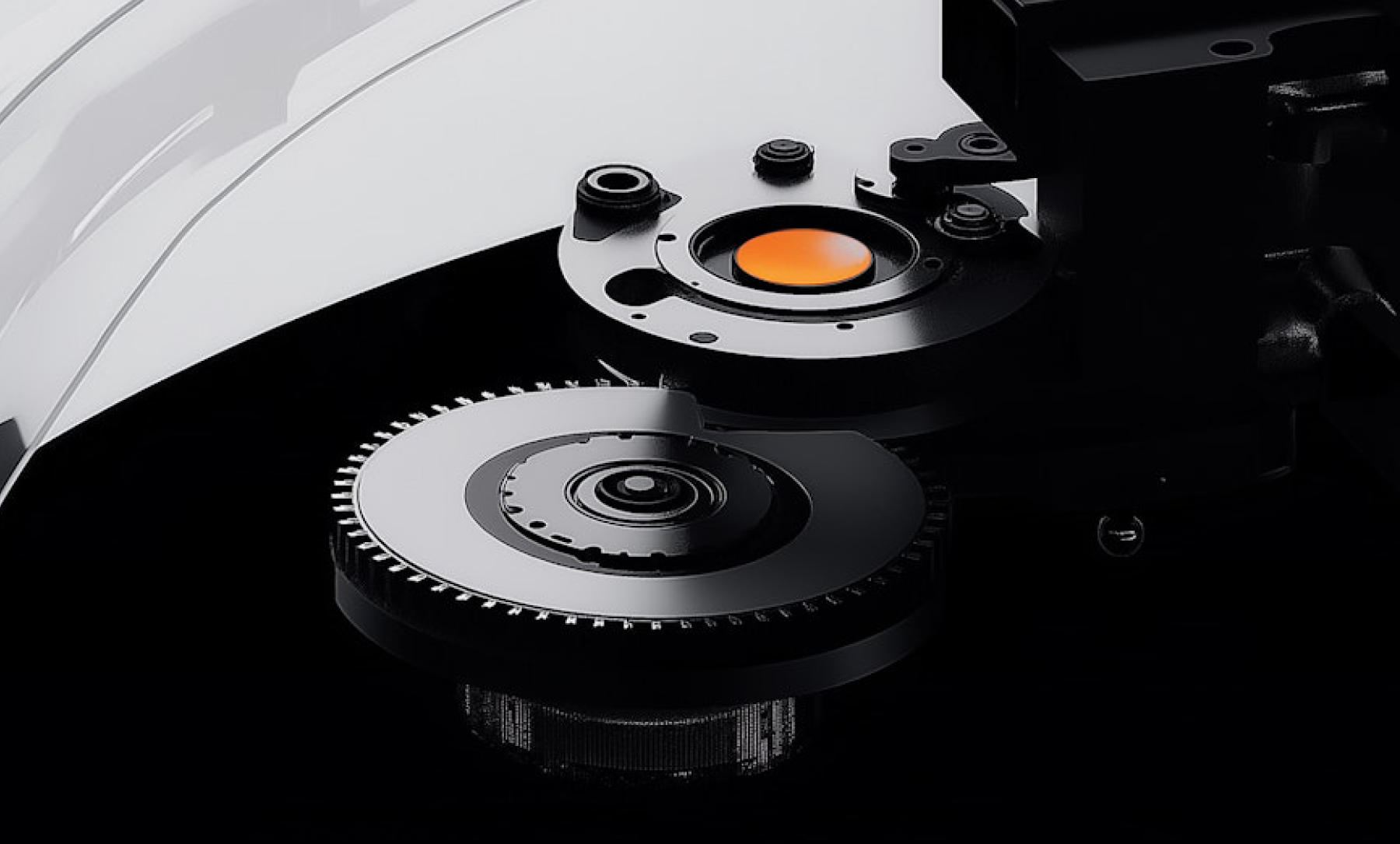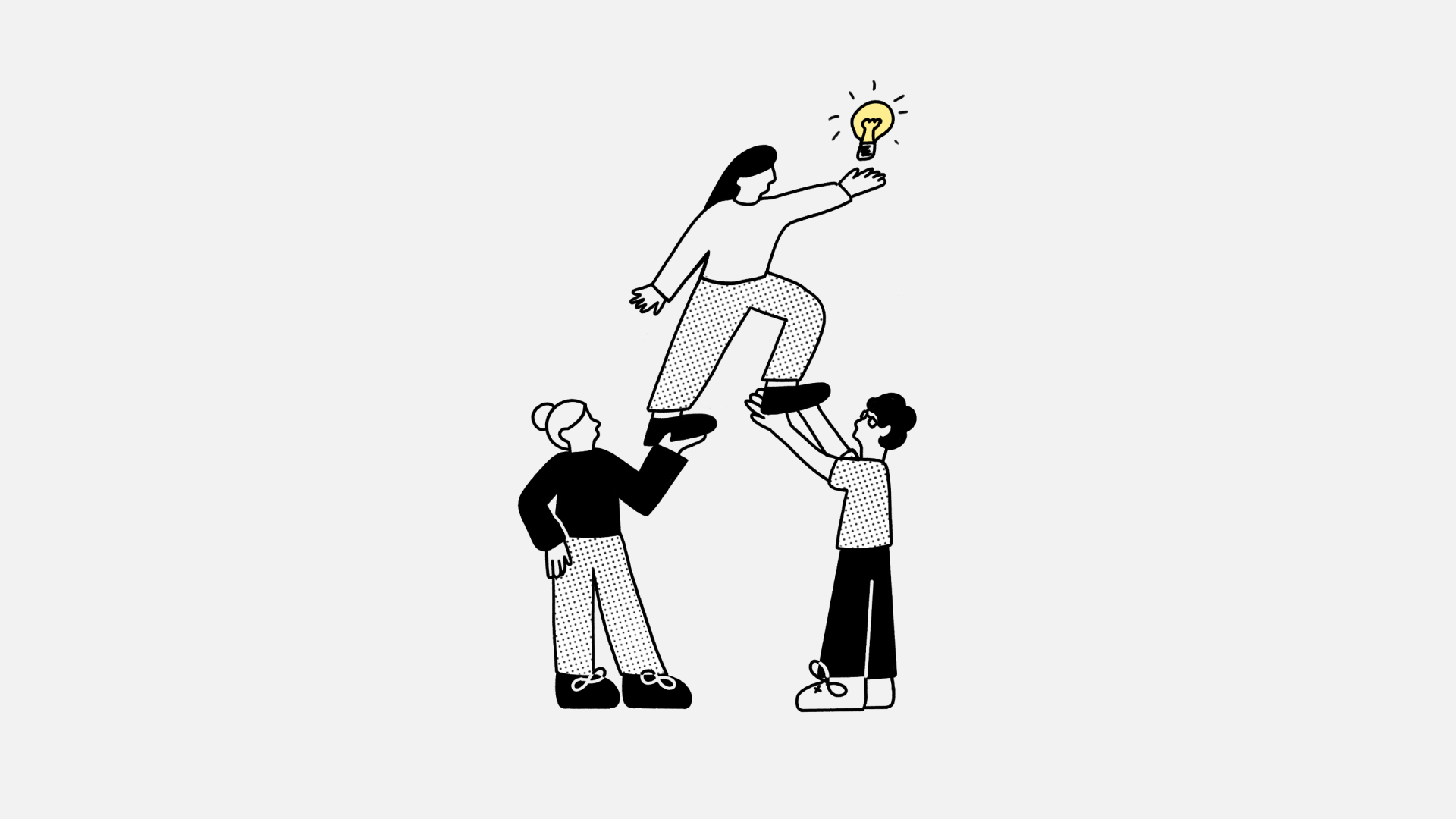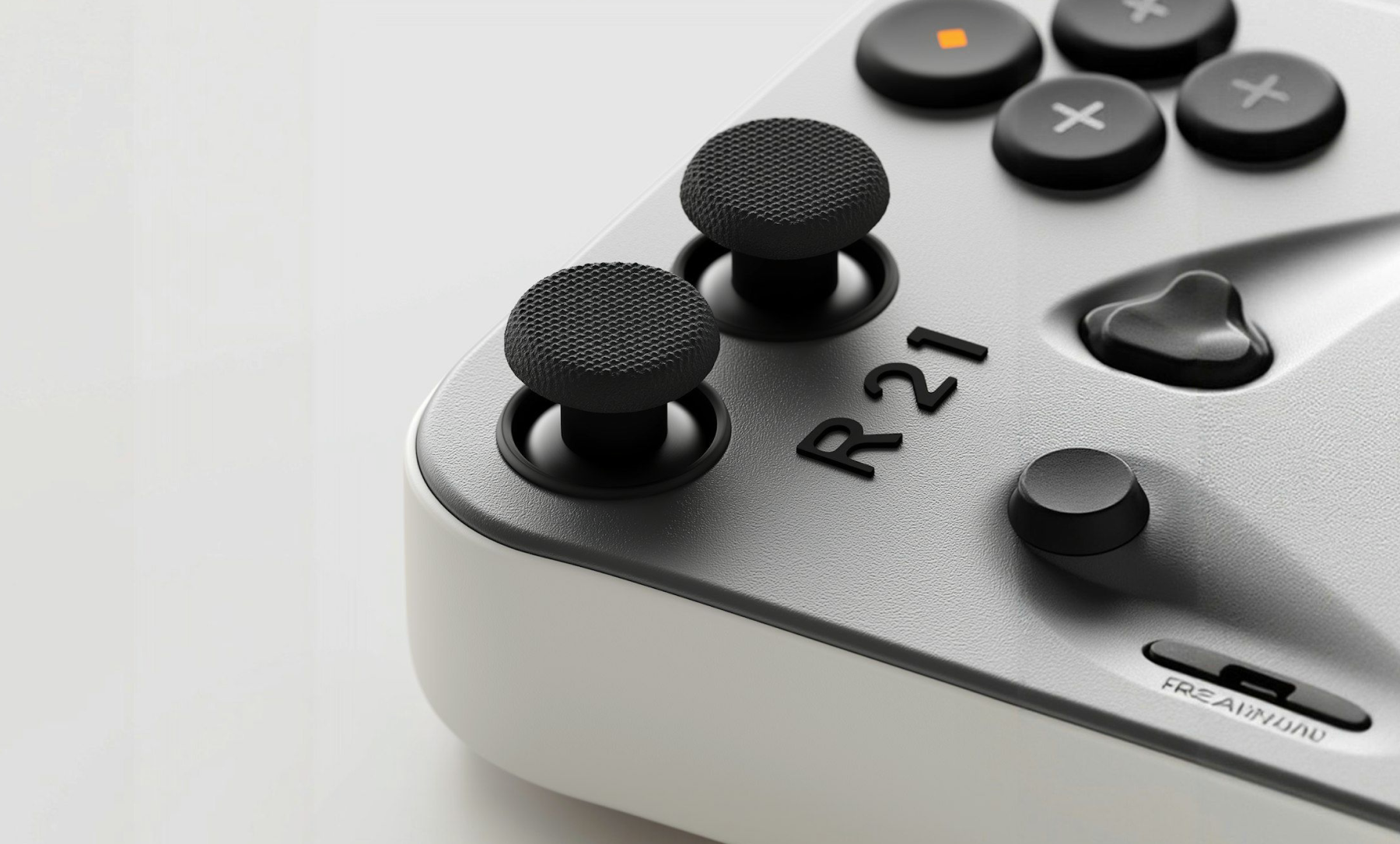Software as a differentiator - redefining value in hardware
02 July 2025
In today’s hyper-competitive world, the most successful product companies understand that great hardware alone isn’t enough to win market share - it's the software that makes the difference.
In this article, we’ll explore what happens when the software experience is neglected, and how forward-thinking companies are closing the gap.

What’s the one thing the best consumer products consistently get right? Whether it’s your fitness watch, smart thermostat, or video doorbell, standout products all share a common trait: they pair exceptional hardware with world-class software experiences that feel seamless, intuitive and perfectly integrated.
But at the more specialised end of the market - think professional audio equipment, industrial control systems and building automation - the story starts to change. The software that supports these products, especially the tools used for planning and setup, can feel dated and clunky, often exposing rarely used complexity from the get-go. While this might suit power users, it can be overwhelming for users with less experience.
Software as a differentiator
Is this really surprising?
When your core competency is designing and manufacturing sophisticated physical products, it's easy to treat the accompanying software as an afterthought - something to tackle once the hardware is in place. Yet, in a world where users expect more, getting the software right is absolutely critical to unlocking the full value of the hardware. A mediocre interface is no longer just frustrating… it’s a liability.
Of course, hardware companies do build software, but low-level firmware is a far cry from delivering a compelling user experience. Creating polished, intuitive interfaces requires specialised skills - particularly in UI design - that sit outside of their typical core competencies. The jump into taking the software and user experiences seriously will require investment in developing or hiring these skills.
The legacy of waterfall thinking
But it's not just about investing in people. It's about reconfiguring how you work. It's about aligning your hardware and software delivery behind modern processes that work for both worlds. This change is not without its challenges, especially if your engineers have only ever worked one way.
Most hardware companies are rooted in engineering-led development, where processes are linear, milestone-driven and tied to rigid production timelines. While there may be experimentation early on, everything ultimately converges on delivering a fixed release by a certain date.
This waterfall approach - define, build, test, ship - might make sense for hardware but it runs counter to how modern software should be built. Today’s user experiences rely heavily on continuous user feedback, real-world observation and rapid iteration - not assumptions locked in upfront.
The result is brittle, over-engineered software that fail to meet the needs of real users or add value to the hardware in any way.
Designed by engineers, not for users
In many cases, these tools are designed by software engineers or domain specialists without any involvement of professional UI/UX designers. This leads to predictable problems:
Interfaces packed with technical jargon or unfiltered options
Poor visual abstractions and hierarchy, and lack of consistency
Workflows that reflect the underlying data models, not user tasks
Clunky, modal-heavy UIs that are hard to navigate
For example, in the pro audio industry, tools used to simulate audio coverage or configure setup, often require significant training to use. They assume deep domain knowledge and offer few cues or simplified workflows for new or infrequent users.
When UI is treated not as a discipline, but as an afterthought, the result is software that works, technically, but feels broken to the people who rely on it. Remember, developers are not designers, so keep them well away from doing any design.
Stuck in the past
While the software industry has largely moved to the cloud and adopted more agile, collaborative ways of working, many specialised tools remain stubbornly desktop-only. They’re often built with legacy tech, tied to outdated licensing models, and are often visually limited in what they can do. Many don’t run on Macs, lack real-time collaboration, and struggle with modern export formats.
Not only does this frustrate users, it limits adoption and puts companies at a disadvantage as newer players embrace web-first, user-centric approaches. While caution around new technologies is understandable, particularly if past experiences with earlier versions were painful, things have changed dramatically over the past decade. Ignoring modern tools might seem prudent and wisely conservative, but also prove to be costly.
Siloed teams and experiences
The main issue here is arguably structural. Hardware and software teams are often siloed, culturally and organisationally.
At the heart of this divide is a fundamental difference in how software and hardware people think. In hardware-dominated cultures, there's often a belief that the value lies solely in the physical product. Conversely, software teams often see the software experience as the real differentiator. The truth, of course, is that both matter.
But until software and hardware are treated as equal partners, these teams will remain siloed - largely cut-off and suspicious of each another. Furthermore, the software will continue to feel disconnected from the hardware, under-loved, out of sync with the brand and lagging behind.
Contrast this with modern SaaS companies, where cross-functional teams iterate rapidly based on real user feedback. The gap in quality and user experience is hard to miss.
Closing the gap
It doesn’t have to be this way. Some companies are starting to modernise their approach to software development by treating software as a fundamental part of their offering. You can do the same by:
Adopting agile, iterative processes that involve real users from the start and prioritise usability and experience as a feature.
Building web-native, collaborative tools that take advantage of modern frameworks, real-time syncing and cross-platform support.
Embedding designers in software product teams and not using engineers or domain experts to design interfaces.
Aligning software roadmaps with hardware evolution, so the two enhance each other rather than drift apart.
Treating software as a strategic asset, not as check-the-box deliverables.
The bottom line
In complex domains, the software tools used to support and enable hardware products should not be seen as nice-to-have, optional add-ons - they are an essential part of a product’s value.
For leaders in hardware companies, there is a real opportunity to use software to differentiate and stand out from the crowd. After all, winning software experiences shape how users perceive product lines, and if that gives you the competitive edge, it’s well worth the investment.



